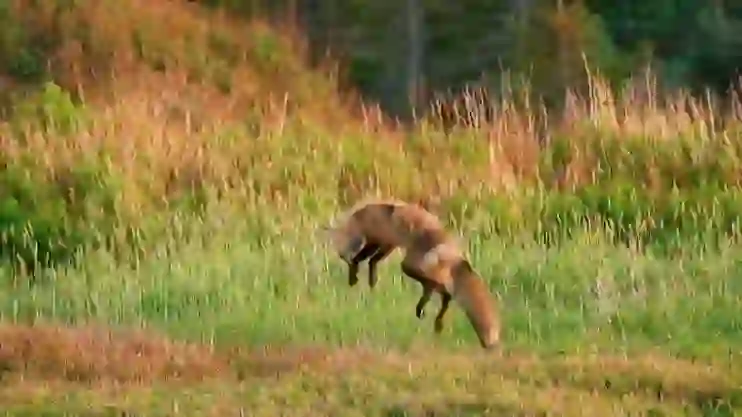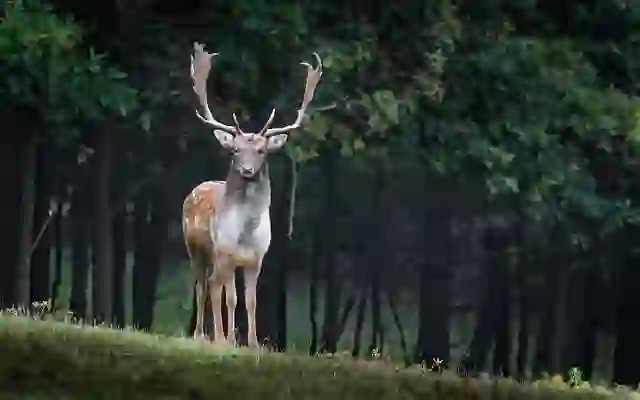
Indian Wolf
Indian Wolf
Indian Wolf
The Indian wolf inhabits the arid regions that stretch from the Indian subcontinent to the Middle East. These resilient hunters rely on their wits to survive in a land of limited water and food. Let's delve into the ecology of the Indian wolf and their history of coexistence with humans.
Indian Wolf Basic Infomation
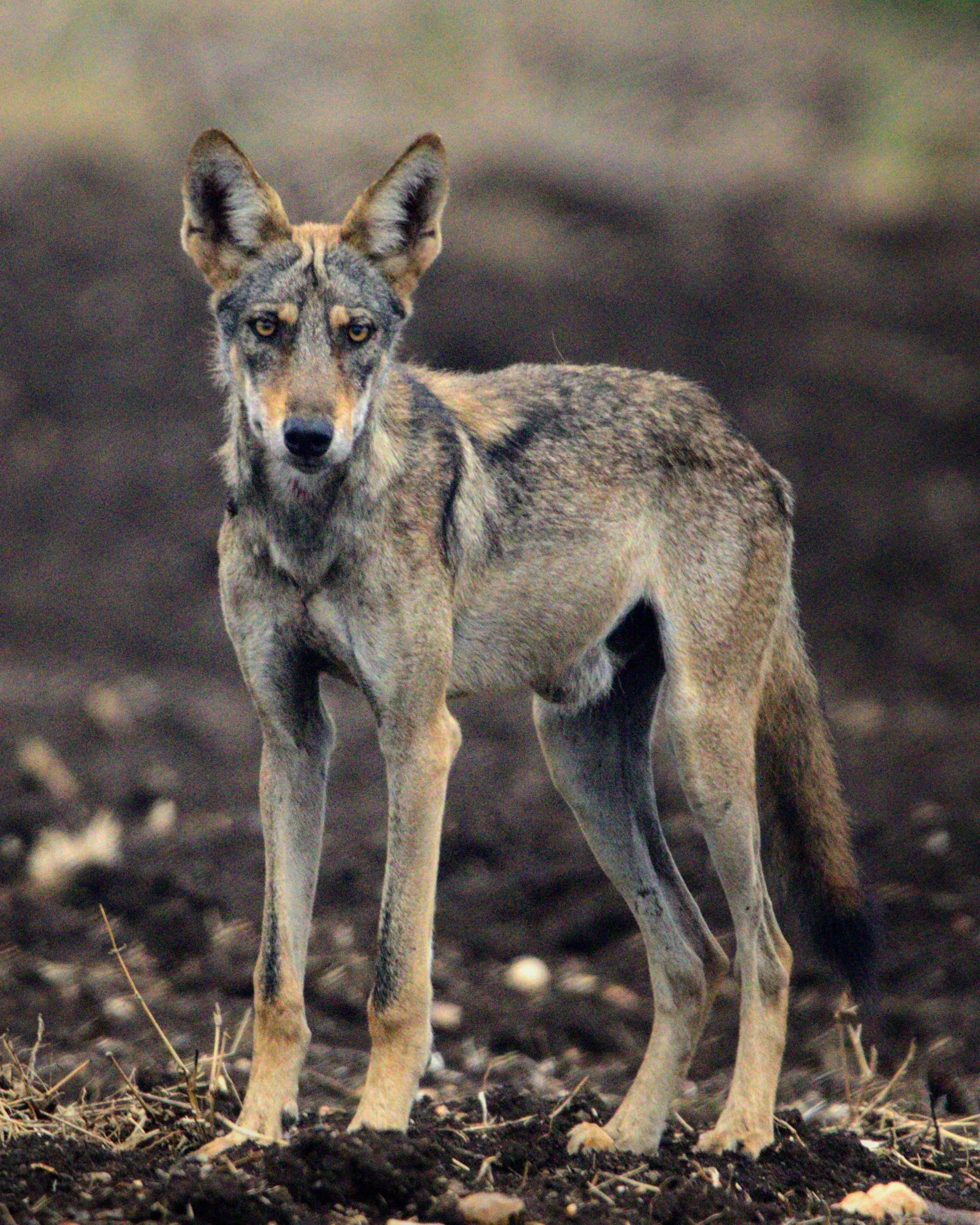
| Property | Value |
|---|---|
| Scientific Name | Canis lupus pallipes |
| Taxonomic Status | ACCEPTED |
| Rank | SUBSPECIES |
| Kingdom | Animalia |
| Phylum | Chordata |
| Class | Mammalia |
| Order | Carnivora |
| Family | Canidae |
| Genus | Canis |
| Conservation Status | Near Threatened |
| Species | Canis lupus |
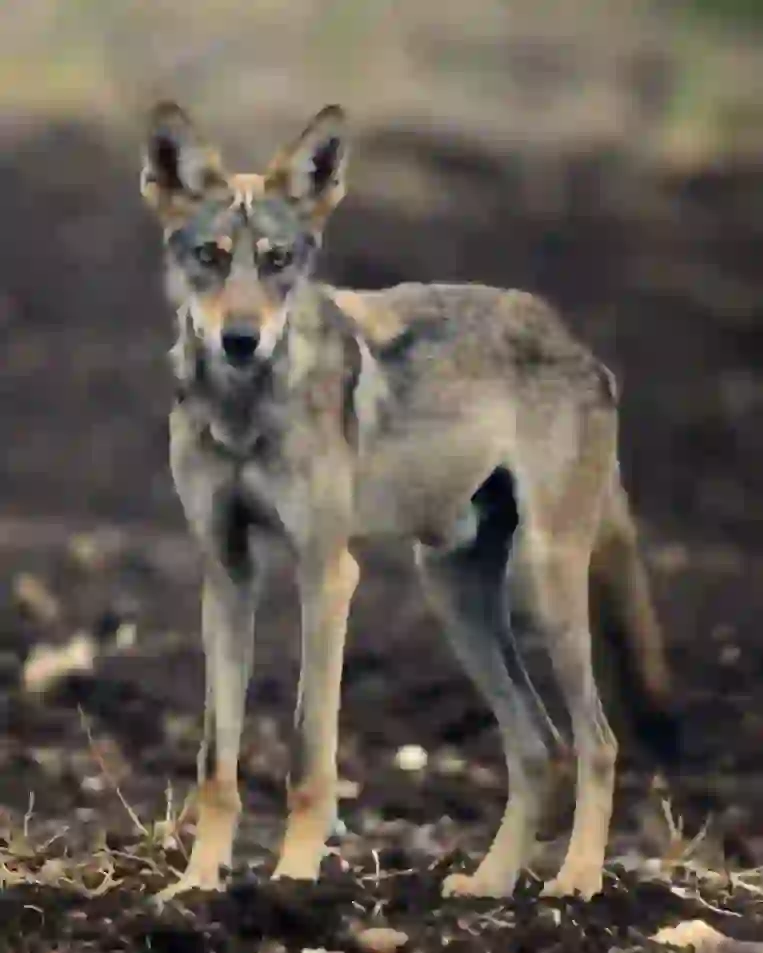
Size
Adults stand about 24 to 30 inches (60 to 75 centimeters) tall at the shoulder and weigh about 44 to 66 pounds (20 to 30 kilograms). They are small compared to other wolves. Males tend to be larger than females.

Lifespan
They live for 5 to 8 years in the wild and can live for over 10 years in captivity.
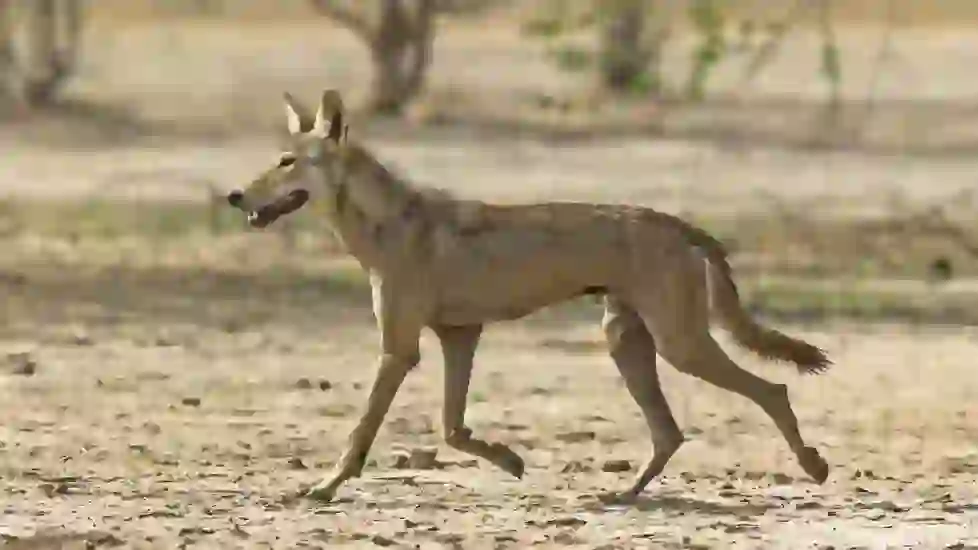
Distribution
They are widely distributed across the Indian subcontinent to the Middle East, including India, Pakistan, Iran, Afghanistan, Turkey, and Saudi Arabia. They live in arid grasslands and semi-deserts, and are sometimes found near agricultural areas.
Indian Wolf Q&A

What kind of wolf is the Indian wolf?
The Indian wolf is a subspecies of the gray wolf, widely distributed from the Indian subcontinent to the Middle East. They are adapted to arid environments and are smaller, have shorter fur, and longer legs compared to other wolves.
These physical characteristics are thought to be adaptations for traveling long distances in hot, dry regions. They are also said to have smaller pack sizes and a more flexible social structure than other wolves, likely due to the harshness of their environment where maintaining large packs is challenging.

What do Indian wolves eat?
Indian wolves primarily prey on small to medium-sized mammals like gazelles, blackbuck, and chinkara.
They can take down prey larger than themselves by hunting cooperatively in packs. They also eat rabbits, rodents, birds, lizards, and insects. They are also omnivorous and eat fruits and vegetables. This adaptation to eating a variety of foods is thought to be a result of living in arid environments where food is scarce.

How have humans and wolves coexisted?
In India, humans and wolves have had a long history of coexistence. While Indian people have revered wolves as sacred animals, they have also feared them as pests that attack livestock.
However, in recent years, human development has encroached on wolf habitats, forcing them to venture closer to human settlements in search of food. This has led to conflicts between humans and wolves. In some areas, wolves are known to carry rabies, which also contributes to human-wolf conflict. For humans and wolves to continue coexisting, it is important to deepen our understanding of each other and maintain an appropriate distance.
_-_cropped.webp?alt=media)
[Quiz!] Why don't Indian wolves howl?
Indian wolves are said to howl less frequently than other wolves.
This is thought to be because they live in arid environments where sound doesn't travel far, so howling is not as necessary. It is also suggested that because they live in smaller packs than other wolves, they don't need to howl to announce their presence to other packs.

[Quiz!] Do Indian wolves attack livestock?
Yes, Indian wolves sometimes attack livestock.
Especially in areas where wild prey is scarce, they rely on livestock as an important food source. Therefore, livestock depredation by wolves is a problem in India. To prevent this, measures are needed to make livestock enclosures more secure, such as reinforcing sheds and confining livestock inside at night. It is also important to dispose of garbage properly to discourage wolves from approaching human settlements.

[Quiz!] Are Indian wolves endangered?
The Indian wolf is listed as 'Near Threatened' on the IUCN (International Union for Conservation of Nature) Red List.
Their numbers are declining due to habitat loss, poaching, and human-wildlife conflict. Protecting Indian wolves requires conserving their habitat, preventing poaching, and promoting coexistence with humans.

Would you like to become a part of the 'Animalbook.jp'?
Turn your knowledge into Q&A and share it with the world. ※Publication will be activated after purchase. Let's share information together!
Indian Wolf Type of List

Characteristics of Indian Wolves
- Subspecies of gray wolf
- Found in the Indian subcontinent and the Middle East
- Adapted to arid environments
- Smaller than other wolves
- Short fur
- Long legs
- Small pack size
- Flexible social structure
- Omnivorous
- Near Threatened
Information
Congratulations! You are the first commenter!

Create Your Favorite List!
Indian Wolf
Save the animals you love! Build your own list to quickly revisit your favorites later.

Would you like to leave a comment?
※Please note: This is for the purchase of rights to post comments within the article.
Find Your Favorites!
Our shop offers a unique and attractive selection of goods themed around various animals.
Indian Wolf References
Indian Wolf Introduction of media used

Sohamthewild, CC BY-SA 4.0, via Wikimedia Commons

Farhan from Karachi, Pakistan, CC BY 2.0, via Wikimedia Commons

Dhaval Vargiya, CC BY-SA 4.0, via Wikimedia Commons
_-_cropped.webp?alt=media)
Rushikesh Deshmukh DOP, CC BY-SA 4.0, via Wikimedia Commons

Help Enrich Our Animalbook.jp with Your Media!
We are constantly looking to expand and enrich our Animalbook.jp with amazing photos and videos of animals. If you have any media that you'd like to share, please contribute and help us showcase the beauty and diversity of the animal kingdom. Your submissions will be credited and featured in our encyclopedia, reaching a wide audience of animal lovers.



